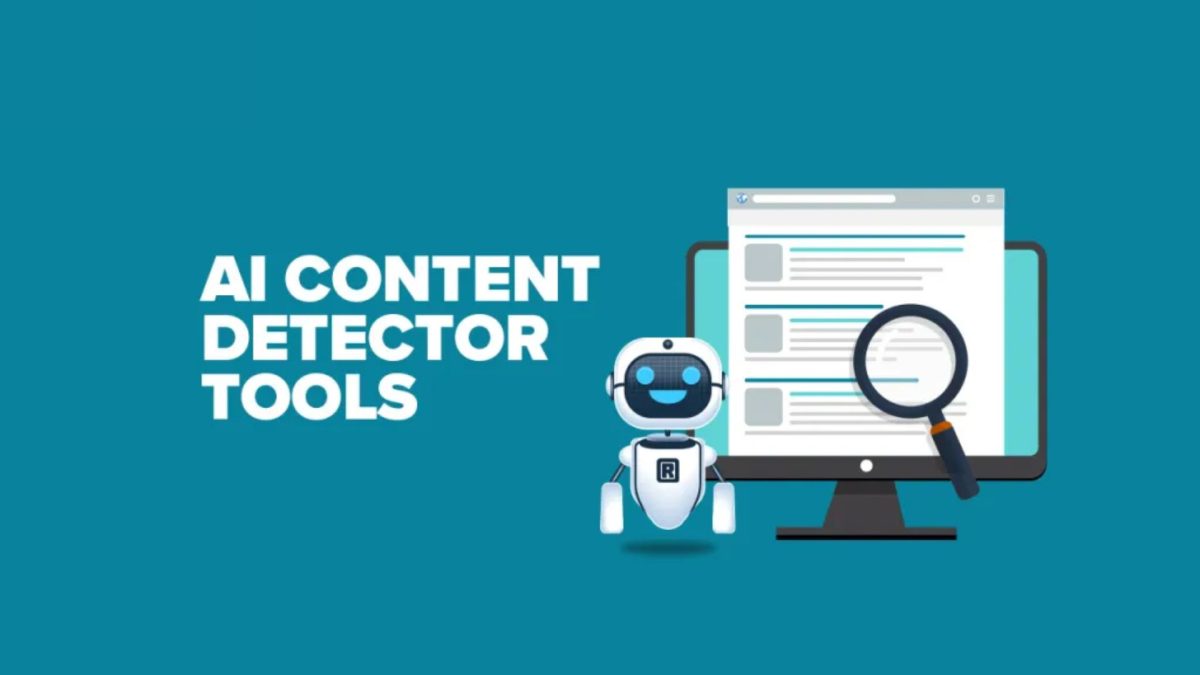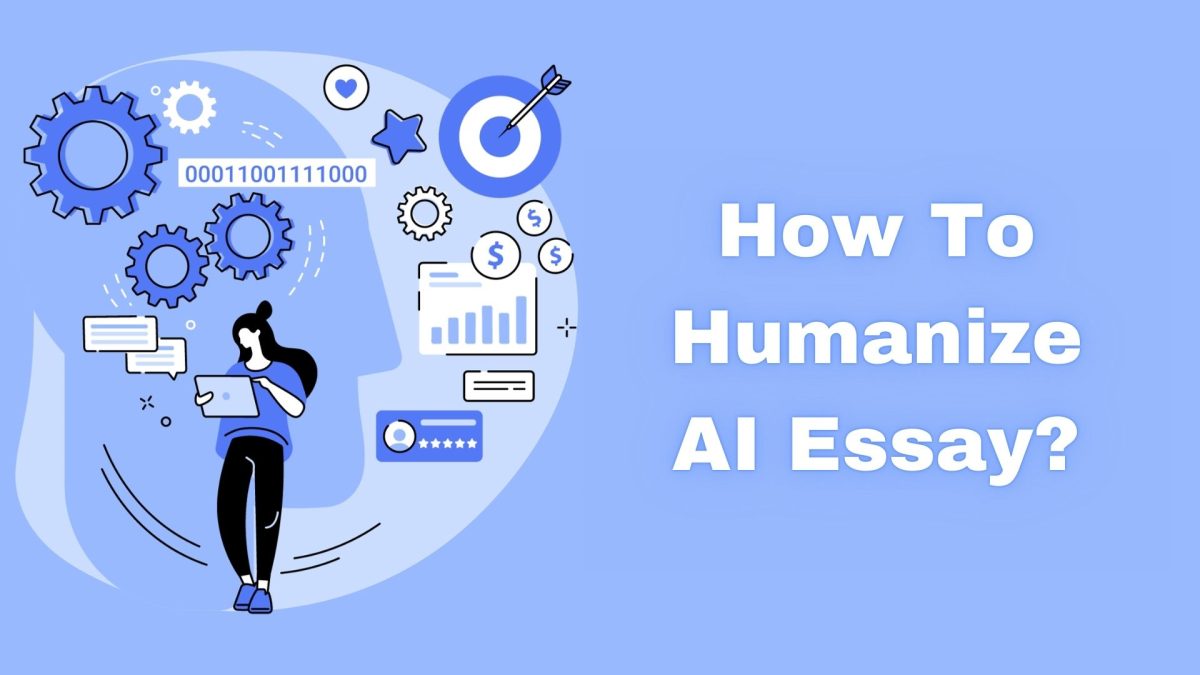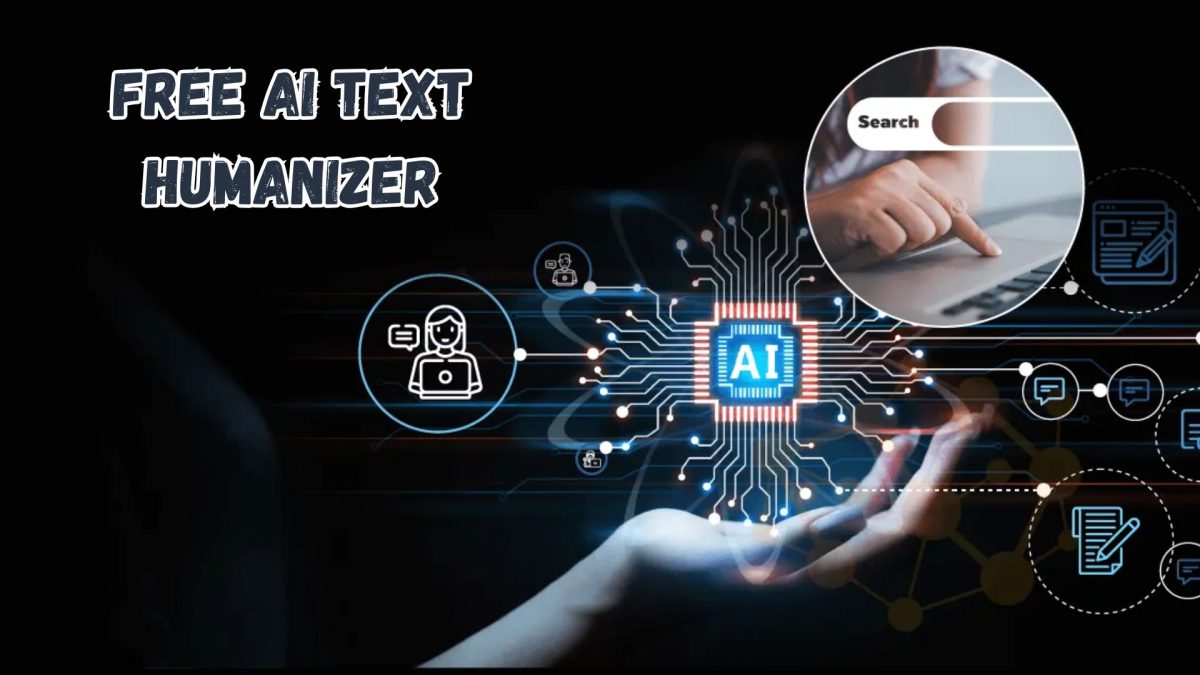Numerous detection tools employ techniques to determine whether the machine or human-created information has been given. AI content detectors are driven by information and pattern recognition, just like generative AI tools.
Content detectors look for recognized indicators of AI generation by analyzing a range of traits and patterns employing machine learning algorithms & natural language processing (NLP) techniques. Thus, linguistic evaluation and comparison with existing AI-generated text are two broad categories of detection techniques.
Simply read the comprehensive details about these tools provided below to learn more about this:
What Are AI Content Detection Tools?
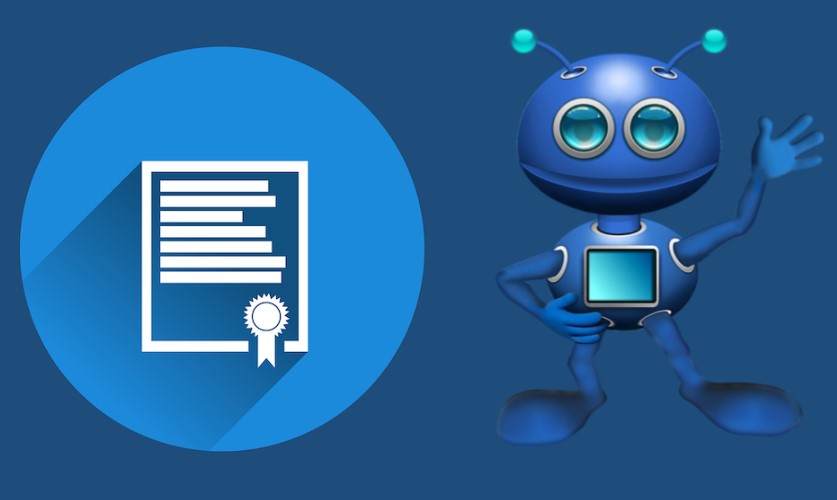
AI content detectors are programs that claim that they can determine if a text passage was produced by AI systems or by a human. These detectors are promoted as helpful for detecting information that has been copied or rewritten, guaranteeing uniqueness, and raising search engine rankings.
Among the most widely used AI detection technologies are:
Copyleaks:
Copyleaks uses NLP models to identify AI content that has been paraphrased or plagiarized. The model claims to be over 99% accurate compared to GPT-3 and GPT-4 models.
Writer:
The Writer app has a free detector that scans brief excerpts for AI trends. The detector is restricted to 1,500 characters.
GPTZero:
Identification of GPT-3, GPT-4, and other LLM output is the area of expertise for GPTZero. Up to 50,000 characters can be checked.
Content @ Scale:
It identifies humans from artificial intelligence text by forecasting word selections and analyzing trends using a trained model. 98% of claims were accurate.
Scribbr:
It is a free program designed to reliably identify text generated by GPT-2, GPT-3, and GPT -3.5.
Undetectable AI:
Making AI output appear human-like to avoid detection is the goal of undetectable AI.
How did AI detectors work?
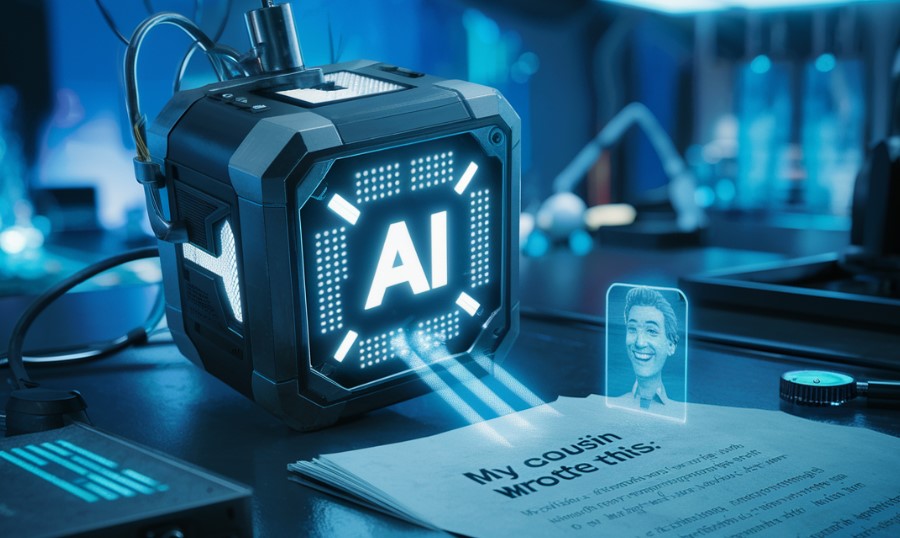
The majority of AI detectors use sophisticated algorithms that examine textual patterns and contrast them with established traits of content produced by AI. Sentence patterns, word repetition, & the intricacy of the concepts offered are some examples of these patterns.
AI-generated content, meanwhile, is made to mimic human writing closely. The content produced by these tools continues to advance because of advancements in machine learning and other technologies, making it more difficult to identify reliably.
Consider it this way. AI-content detectors are in the preconception stage if AI-content creators are still in their infancy. Although both technologies are developing swiftly, “detectors” must constantly catch up to their “generator” counterparts.
Do AI detectors give accurate results?
To put it briefly, no. AI checkers don’t always get it right. Both false positives and false negatives, such as:
- When an AI detector incorrectly classifies human-written content as AI-generated, this is known as a false positive.
- When an AI detector cannot identify AI content, it produces false negatives.
- Machines cannot be trained to comprehend context, intent, colloquial idioms, or cultural allusions; instead, they function according to predetermined rules, patterns, and metrics.
- AI may not have the data required to comprehend more recent models and can only produce information based on what it has been trained on.
Understanding how AI content checkers operate can explain their inconsistencies. Let’s concentrate on text detectors to keep things as straightforward as possible.
Why AI content detection is failing?
The primary issue with existing AI detectors is their insufficient precision. False negative and false favorable rates are frequently high. These tools can approximate the likelihood that content is created by artificial intelligence (AI), but they cannot confirm the text’s actual source. Some of the claims to prove this evidence are given below:
Non-Native English Writers:
A Stanford study discovered that, on average, 61.3% of work by non-native authors was incorrectly classified as AI-generated.
Using the Grammar/Spelling Checkers:
If a writer employs widely used tools (like Grammarly) that point out typos and spelling mistakes or offer advice on rewording a sentence for clarity, AI detectors frequently mistakenly mark the text as “AI-generated.”
Search engine optimization:
Ironically, content written with search engine optimization (SEO) in mind—even when entirely human-produced—is frequently identified as artificial intelligence (AI)-generated content. SEO content often feeds AI recommendations and is made to make it simple for users to find the information they’re looking for (through search engine algorithms).
How to bypass AI detection tools?
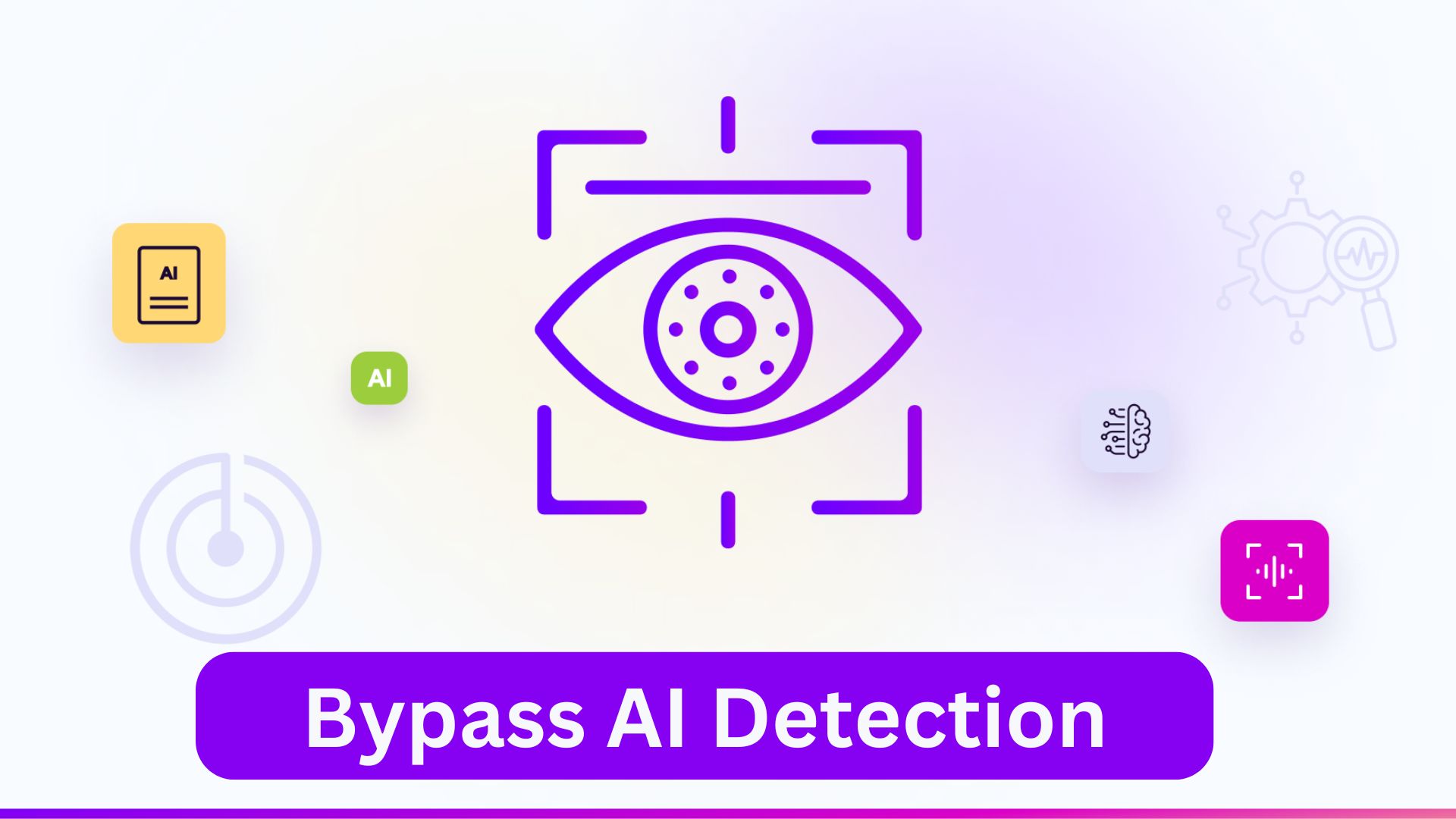
The simplicity with which you can circumvent them is evidence of the AI detection tool’s failure. Always remember to incorporate your perspective to avoid formulaic and cliched statements.
- For producing the first draft, took the content from AI, not the final one.
- Add your phrases or paragraphs to the information produced by AI.
- Run your AI-generated content through a tool that can paraphrase it.
- Now, look for terms or phrases that are repeated in the content.
- Verify yourself and make changes until it passes the free AI detection tests.
If you’re wondering how to paraphrase the material you’ve created, remember that the content you created using AI needs to be humanized. The primary goal is to humanize AI text by writing it like a human would.
Suppose you’re wondering how this is feasible. In that case, we must introduce the tool we have developed called “humanize AI,” that allows you to simply transform AI-generated information into humanize text so that AI detection tools can’t identify it.
Why humanize AI tool is required?
The reasons behind the need for this tool are given as follows:
Producing authentic and relatable content
Authentic narratives, experiences, and information with emotional depth appeal to people. The Humanize AI Tool adds a personal touch to content to increase engagement.
Resolving AI’s flaws
Despite AI’s progress, human interaction is still required for accuracy and bias removal. Our tool guarantees the objectivity and fairness of the information.
Sensitivity to culture
Content relatability requires respect for cultural quirks, which AI cannot provide alone.
Increasing conversions by engaging emotionally
Emotionally charged material strengthens business-customer relationships. Our combination of feelings, narratives, and experiences makes this possible.
Search engine interoperability
Search engines prefer human-generated material with helpful information. These rules are followed by the Humanize AI Tool.
Who can benefit from humanize AI text tool?

Everyone can benefit from those tools as all those seeking to write. So some of them are as follows:
Writers and content creators:
Make your writing process more efficient. Use an AI tool to create preliminary drafts, then use our AI Humanizer to polish them to sound human.
Marketing professionals and ad experts:
Use the AI Humanizer to improve your marketing messages, making them emotionally connect with viewers and increasing the effectiveness of your campaigns.
Business executives:
Add a personal touch to your emails to ensure better outcomes and efficient communication.
Students:
This ensures that your work has the ideal human touch and is excellent for early education assignments and research papers in higher education.
Web developers and designers:
Make website information, error messages, prompts, and procedures more approachable and engaging.
PR experts:
To improve audience engagement, produce announcements and material that are emotionally compelling.
Social Media Influencers:
Increase your following by making your posts more human-centered.
Researchers & Academics:
Add a human touch to your academic writing in assignments, research papers, or blogs.
Journalists and bloggers:
Use humanized content to make your pieces more memorable and captivating. They may even go viral.
E-commerce Professionals:
Make marketing materials, emails, and product descriptions more enticing and relatable to consumers.
HR professionals:
Humanize emails, presentations, job advertisements, internal communications, and other content to better represent your company.
Creative Writers:
Make your plays, novels, or poetry more realistic to reach a larger audience.
Whoever Has a Story to Tell:
This tool is sufficiently flexible for anyone wishing to improve their communication, whether personal or professional.
Conclusion
Even though these AI detectors are helpful, businesses should exercise caution when depending on them for important hiring, training, and business decisions due to the possibility of false positives and negatives. However, the likelihood of your text being picked up by the detection tool is reduced if you utilize the proper technique, such as applying a human touch to your AI-generated text using the humanize AI tool.
Therefore, we hope you find this information helpful. If you still need assistance, don’t hesitate to contact us. We are here to help.
Frequently Asked Questions
Q1. What is the accuracy of an AI detector?
Ans. The ability of an AI checker to accurately discern between AI and human’ content is known as accuracy in AI detection. A tool with more accuracy produces more dependable output and makes fewer errors.
Q2. What elements influence AI detector accuracy?
Ans. The relevancy of the training data, the intricacy of the content being examined, and the AI detector’s capacity to learn new linguistic patterns are some variables that can affect the accuracy of AI text checkers. Regular updates with fresh datasets and algorithms can improve tool performance.
Q3. Can AI detection tools replace human judgment?
Ans. No, human judgment shouldn’t be replaced by AI detection. While AI checkers offer insightful information, human review is necessary to evaluate context, subtleties, and fairness. AI detectors ought to be supplementary instruments rather than the final arbiter.
Q4. How can the accuracy of AI detection tools be evaluated?
Ans. Various human- and AI-generated content can be run via AI detectors to test them. Assessing accuracy can be aided by comparing the tools’ output with existing data.
Q5. Why do employers use AI detectors?
Ans. Employers use these technologies to verify the legitimacy of pre-employment screenings and written materials like resumes and work samples. An incorrect assessment of a candidate’s skills, unjust hiring practices, or legal issues could emerge from inaccurate results.
